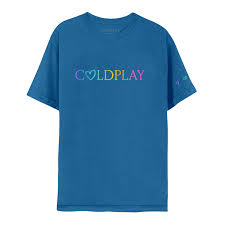The Transformative Influence of TikTok on Social Media

Introduction
Since its launch, TikTok has rapidly grown from a niche video-sharing platform to a cultural phenomenon, capturing the attention of millions worldwide.
With its addictive short videos and algorithm-driven content, TikTok not only entertains but also reshapes the way users interact with social media. As brands pivot towards digital marketing, understanding TikTok’s impact is crucial for businesses and content creators alike.
TikTok’s Rapid Rise
TikTok, launched in 2016, gained international popularity after merging with Musical.ly in 2018. As of 2023, the platform boasts over 1 billion active users globally, making it one of the most downloaded apps. Its unique format packages entertainment into easily digestible snippets, allowing users to create, share, and engage with content swiftly.
The platform’s algorithm tailors content to users’ preferences, enabling even amateur creators to reach large audiences. This has democratised content creation, allowing diverse voices to be heard and trends to emerge organically.
Influence on Marketing and Trends
TikTok’s influence extends beyond individual users; it has transformed marketing strategies for brands. Businesses increasingly collaborate with influencers and leverage viral challenges to promote products authentically. According to a report from the Interactive Advertising Bureau, 60% of marketers plan to increase their investment in TikTok advertising.
Moreover, viral dances and memes on TikTok often spill over into mainstream culture, influencing music charts, fashion trends, and even movies. The #TikTokMadeMeBuyIt campaign underscores this, showcasing how users influence purchasing decisions through viral recommendations.
Challenges and Concerns
Despite its success, TikTok faces scrutiny. Privacy concerns and content moderation challenges have led to calls for stricter regulations. In the UK, discussions around data protection and the safety of younger users are ongoing. TikTok has responded by enhancing its community guidelines and promoting digital literacy among its users.
Conclusion
As TikTok solidifies its position in the social media landscape, its influence on culture and marketing cannot be overstated. The platform offers significant opportunities for creativity and engagement, though it also presents challenges that require careful navigation. Looking ahead, TikTok is likely to continue shaping social media trends and marketing strategies, highlighting the need for brands to adapt and innovate in this fast-paced digital environment.









